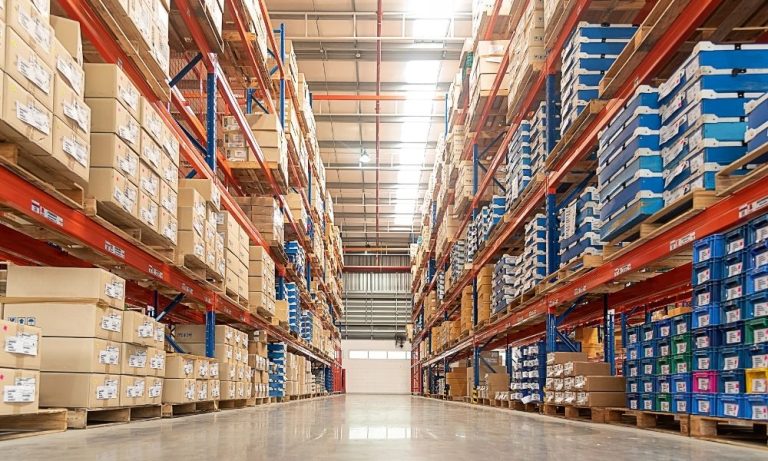
Introduction: The Overlooked Link Between Traffic and Workplace Safety
When most people think of workplace accidents, they imagine slips, falls, or machinery mishaps. However, one of the most dangerous work environments exists just beyond the job site — the roadway.
Whether it’s a construction zone, utility maintenance area, or transportation hub, workers are frequently exposed to live traffic, moving vehicles, and unpredictable drivers. These environments demand specialized expertise to prevent collisions and protect both crews and commuters.
That’s where traffic safety experts come in. These professionals are trained to anticipate risks, design safety systems, and implement traffic control measures that dramatically reduce workplace accidents and fatalities.
1. Understanding the Role of Traffic Safety Experts
Traffic safety experts are specialists in roadway risk management and accident prevention. They combine knowledge of engineering, human behavior, and safety compliance to design systems that keep workers and motorists safe in shared environments.
Their work extends far beyond setting up cones or signage — it involves strategic analysis, planning, and supervision to ensure every aspect of the work zone adheres to safety regulations.
Core Responsibilities Include:
- Conducting hazard assessments and site evaluations.
- Designing compliant traffic management plans (TMPs).
- Overseeing on-site implementation and safety inspections.
- Training workers on traffic and equipment safety protocols.
Their expertise ensures that no detail is overlooked when it comes to protecting people in high-risk work zones.
2. Identifying and Mitigating Roadside Hazards
Every job site near a roadway presents unique hazards — from speeding vehicles to limited visibility. Traffic safety experts conduct detailed risk assessments to identify these dangers before work begins.
By analyzing traffic patterns, road geometry, and driver behavior, they develop solutions such as:
- Adjusted lane closures or detours to reduce congestion.
- Temporary barriers or delineators for worker protection.
- Enhanced signage for approaching motorists.
- Optimized work schedules to avoid peak traffic hours.
This proactive approach ensures that both workers and drivers are safeguarded long before a project even starts.
3. Implementing Effective Traffic Management Plans
A Traffic Management Plan (TMP) is the foundation of roadway safety. It dictates how vehicles, equipment, and pedestrians interact during active work.
Traffic safety experts craft TMPs that follow federal, provincial, or municipal guidelines — including spacing, signage placement, and emergency procedures.
Their plans are tailored to site conditions, weather, and time of day, ensuring maximum visibility and control. By maintaining order and predictability, these experts drastically lower the likelihood of accidents in dynamic work environments.
4. Enhancing Worker Training and Awareness
Even with the best equipment, accidents can occur if workers lack proper training. Traffic safety professionals provide comprehensive on-site education covering:
- Flagging procedures and communication protocols.
- Safe entry and exit routes for vehicles.
- Proper use of personal protective equipment (PPE).
- Emergency response and incident reporting.
This ongoing training builds awareness and accountability, empowering workers to make safe choices every day.
5. Using Advanced Equipment and Technology
Modern safety management relies heavily on technology-driven tools that enhance visibility, communication, and control.
Traffic safety experts deploy devices such as:
- Digital message signs and radar speed indicators.
- Real-time monitoring systems.
- Smart cones and automated flagging devices.
These innovations alert drivers earlier and more effectively than static signage, reducing reaction time and minimizing collision risks.
6. Promoting Compliance and Accountability
Workplace safety is not just good practice — it’s a legal requirement. Traffic safety experts ensure full compliance with local, provincial, and federal regulations, including occupational health and safety standards.
By maintaining thorough documentation, they help employers avoid costly fines and potential liability in the event of an incident. More importantly, compliance fosters a culture of safety that protects lives and strengthens organizational reputation.
7. Partnering with Proven Safety Professionals
Organizations committed to preventing accidents often partner with experienced providers like Salus Traffic safety experts, who specialize in risk management, compliance, and training for high-risk work zones.
Their certified professionals design customized solutions using modern technology and data-driven insights, ensuring every project site operates safely and efficiently. By combining field experience with regulatory expertise, they help clients achieve incident-free performance and long-term operational safety.
Conclusion: Prevention Through Expertise
Workplace accidents near roads and construction sites are not inevitable — they’re preventable. With the right strategies, planning, and professional oversight, companies can protect both workers and the public.
Traffic safety experts bridge the gap between engineering precision and human safety, ensuring that every cone, barrier, and flag serves a purpose — to save lives.





